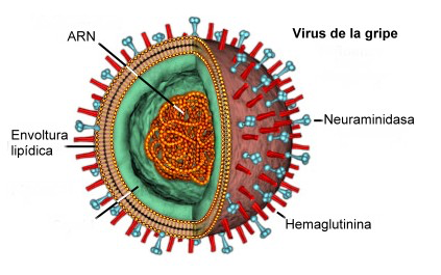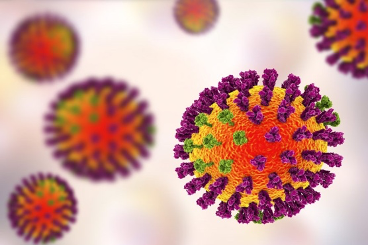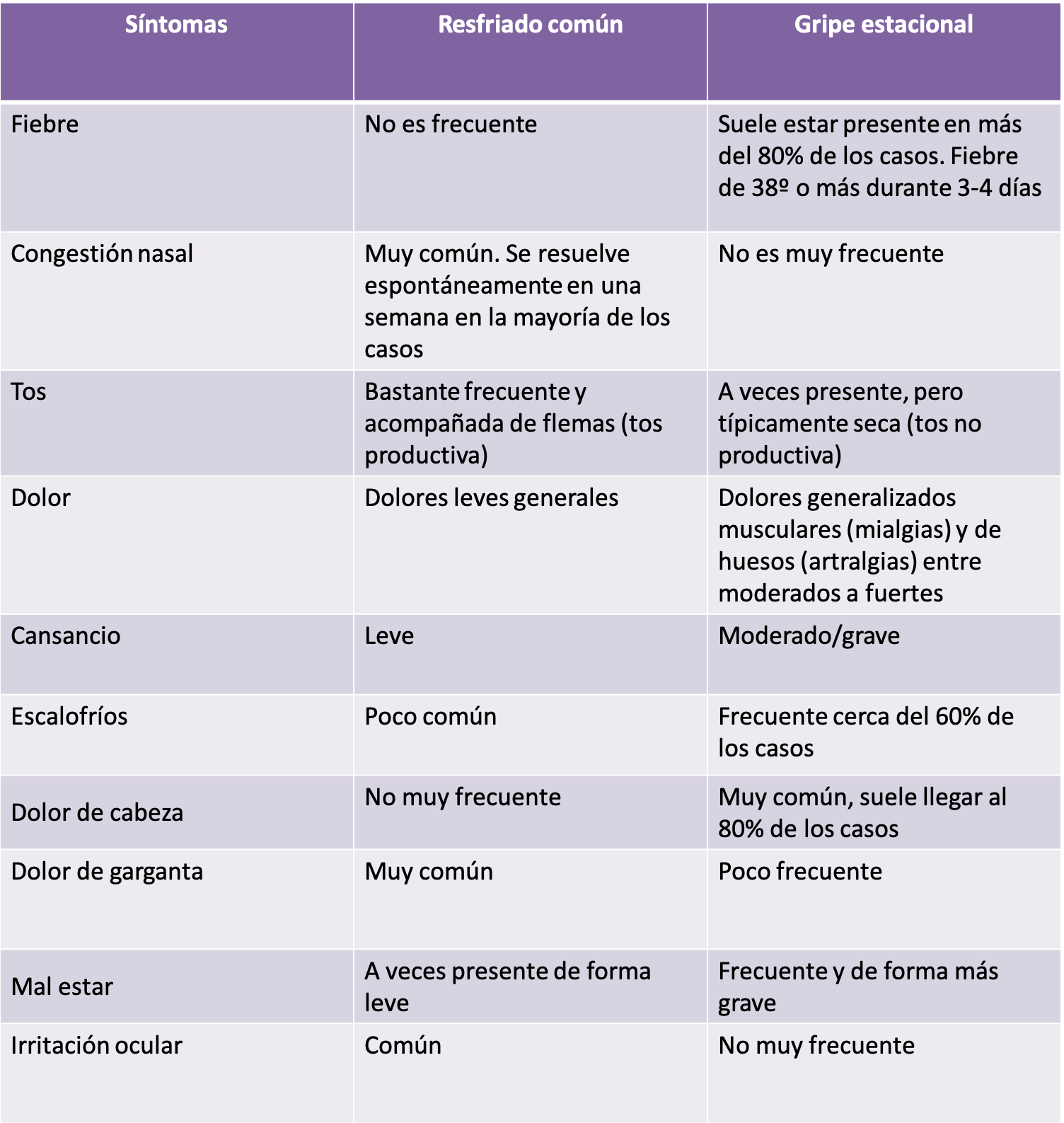Temperatures start to go down, and soon after that the common cold makes an appearance, together with the dreaded seasonal flu. Flu symptoms usually appear abruptly and suddenly, and in the common cold, symptoms become more gradually apparent.
Incorporating some measures into our daily habits and diet, such as frequently washing hands, avoiding people who are sick, and supplementing our diet with vitamin complexes, can help us prevent both processes, and if they occur, facilitate a speedy recovery.
Dr. Débora Nuevo Ejeda – Neolife Medical Team
What’s the difference between seasonal flu and the common cold?
Sometimes it can be difficult to tell the difference between the flu and a cold. Both processes are respiratory infections caused by viruses, but they are significantly different. The flu is caused by the influenza virus, an RNA virus, whose surface antigens, Hemagglutinin (HA) and neuraminidase (NA), have the ability to suffer alterations. These proteins give the virus most of its infective power. It is precisely these mutations that give rise to different types of influenza viruses and their subtypes, which vary from year to year.

The common cold, on the other hand, may be caused by over 200 different types of viruses, although they mostly belong to the family of the Rhinoviruses or Coronaviruses.

The flu affects the population in the form of small or large-scale epidemics, and symptoms usually appear abruptly and suddenly. Headache, fever, muscle and joint pain, cough (usually dry), abundant nasal discharge, and weakness are some of these symptoms.
In the common cold, symptoms appear more gradually, and the first are usually a runny nose (rhinorrhea), sneezing, and mild throat discomfort, such as soreness or itching.
The main differences between the symptoms that follow one process or the other are presented in the following table.

Some symptoms of both viruses may be similar to those that appear in seasonal allergies, such as rhinorrhea (or runny nose), eye irritation, coughing, and a sore throat. However, in the case of allergies the discomfort is usually not generalized. It may result from the previous discomforts, but without muscle or joint pain, or fever.
It is also not uncommon, that in some viral infections (more common in those caused by the influenza virus or flu virus) symptoms may appear in the digestive tract, like diarrhea, nausea, or vomiting. This is very rare, however, in the common cold.
How do we naturally prevent both processes?
To prevent both processes, it’s important to wash your hands frequently and to avoid people who are sicks, whenever possible. By the same token, if we are already affected by either process (flu or common cold), it’s important to cover our mouths and nose when coughing or sneezing, so as to prevent contagion and the spread of infection, especially to a more vulnerable population, mainly the elderly and children.
Unfortunately, there is no medicine that is able to cure the flu. But there are ways to help our body prevent and minimize its symptoms.
Therefore, incorporating some foods that are rich in certain vitamins and minerals, can be of great help, and make us stronger and able to defend ourselves should we face an attack by these viruses and have to fight them.
- Water: Hydration is essential to relieve both a dry throat and irritation. It also helps move and remove mucus. It can be consumed in soups, teas, juices, or straight out of the bottle or tap.
- Vitamin C-rich foods with a great antioxidant boost, like kiwis, tangerines, oranges, strawberries, etc. strengthen the immune system.
- Foods rich in beta-carotene: carrot, pumpkin, peach, etc. They all help regenerate the respiratory mucosa and slow the growth of pathogens.
- Garlic is well known for its antiviral, antibacterial, and antifungal properties. Several studies have shown that garlic-based supplements in adults help boost immunity and minimize flu symptoms.
- Onion contains quercetin, a flavonoid that has excellent expectorant, mucolytic, antitussive, antihistamine, and antibacterial effects that help relieve the symptoms of respiratory infections.
- Ginger, in addition to helping improve digestion, helps prevent and treat the respiratory symptoms of the flu or cold, because it strengthens the immune system and has a powerful anti-inflammatory effect.
- Proteins are absolutely essential in any diet. In numerous studies, their deficit has been associated with an increased risk of infections.
Although a balanced diet should include each of these, it can sometimes be difficult to incorporate all of them. Therefore, supplementing our diet with the right vitamin and mineral complexes during flu season can make a huge difference when it comes to preventing and/or alleviating the dreaded symptoms of both the seasonal flu and the common cold.
When we need a little extra help: medical treatment
The treatment also varies depending on whether it’s a common cold or a seasonal flu.
For the common cold, decongestants and in some cases pain relievers are recommended in case of discomfort or pain. It’s also important to ensure an adequate water intake and drink plenty of fluids.
For the flu, in addition to decongestants, pain relievers, and antipyretics (to lower fever), sometimes antiviral medications need to be prescribed by your doctor. Depending on the severity of the symptoms, your doctor may indicate other types of drugs, and even in some more severe but not very common cases, hospitalization.
You must head to the ER if you have a high and persistent fever, or if you suffer any severe pain.
BIBLIOGRAPHY
(1) Centers for Disease Control and Prevention. Influenza antiviral medications: summary for clinicians. https://www.cdc.gov/flu/professionals/antivirals/summary-clinicians.htm (Accessed on December 30, 2018).
(2) Ichikawa, M., Ryu, K., Yoshida, J., Ide, N., Yoshida, S., Sasaoka, T. et al, Antioxidant effects of tetrahydro-beta-carboline derivatives identified in aged garlic extract. Biofactors. 2002;16:57–72
(3) Nantz MP, Rowe CA, Muller CE, Creasy RA, Stanilj¡ka Jm. Et al, Supplementation with aged garlic extract improves both NK and yoT cell function and reduces severity of cold and flu symptoms 2012 Jun;31(3):337-44.
